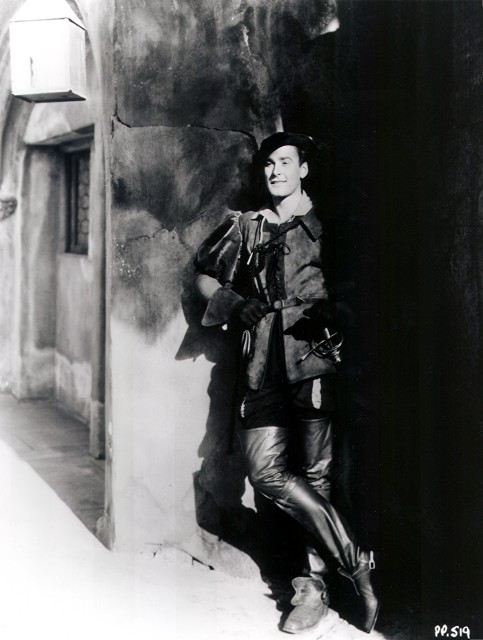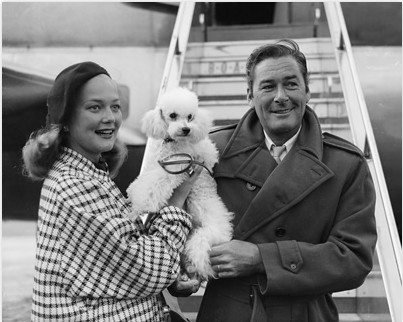Hello my Friends;
I have been absent for a while, due to some things that
happen in life, but I am back with great news!
You have to listen to this broadcast by Jack Marino! A Must!
This is the second show Jack Marino sent to me!
ENJOY – Tina!
Admin note: there is a posting and comment guideline rule that politics and religion unless it is Flynn's or his lack thereof not be discussed on The Errol Flynn Blog so that nobody feels uncomfortable visiting the blog. We are here for dear old Errol and not to put forth our own politics and it has worked out very well. That said, there is some political content in at least one of Jack Marino's shows that has nothing to do with Flynn, and is not part of the interviews Jack Marino is conducting. Jack, who owns his show and its content, has given permission to cut this material out of his shows in keeping with this rule. However, it is currently beyond what I can do technically… In this case, we will warn listeners that there is political content that they may disagree with on these broadcasts but that this blog is not responsible for nor does it endorse any political point of view expressed by the producers of the programing in which these excellent Flynn-related interviews are heard. Additionally, here is a link to a third show with a wonderful interview with Robert De Young from Melbourne talking about the Flynn DVD that Jack and Linc Hurst are featured in…
www.latalkradio.com…Marino-040910.mp3
— Tina



